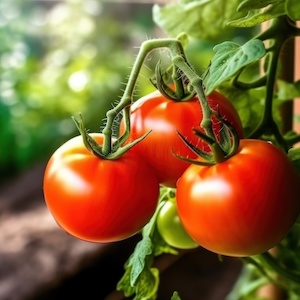Original Articles
30 September 2009
Vol. 40 No. 3 (2009)
SPRAY APPLICATIONS TO TOMATO PLANTS IN GREENHOUSES. PART 2: EFFECT OF SPRAY LANCE TYPE
Publisher's note
All claims expressed in this article are solely those of the authors and do not necessarily represent those of their affiliated organizations, or those of the publisher, the editors and the reviewers. Any product that may be evaluated in this article or claim that may be made by its manufacturer is not guaranteed or endorsed by the publisher.
All claims expressed in this article are solely those of the authors and do not necessarily represent those of their affiliated organizations, or those of the publisher, the editors and the reviewers. Any product that may be evaluated in this article or claim that may be made by its manufacturer is not guaranteed or endorsed by the publisher.
1485
Views
879
Downloads














